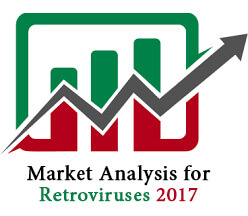
Pierrette Cazeau
Capella University School of Public Services Leadership,USA.
Title: A literature review of issues affecting PrEP Education and Implementation in racism mistrust in black communities (HIV/AIDS).
Biography
Biography: Pierrette Cazeau
Abstract
Background: Racism in black communities has complicated diagnosis and treatment of the HIV/AIDS epidemic. Individuals most affected by HIV are also most disadvantaged in terms of race and economic status. Sixty percent of all new HIV infections take place among young black MSM between the ages 13 to 29, which explains why AIDS has been cast as a social and not bio-medical problem. Most of them will live in disbelief that they could be at risk for HIV, and so are reluctant to try new preventative treatments such as PrEP.
Methodology: This study is a literature review to explore how pre-exposure prophylaxix is related to health, behavioral, stigma, racism, and psycho behavioral. A Descriptive statistics were generated for demographics, sexual behaviors, concerns and interests about PrEP. Thirty-three participants were recruited from eastern and western counties of HIV-uninfected men who report having sex with men (MSM) through their level of agreement on statements listing concerns about the impact of PrEP use on health, behavior, stigma, and interest in psycho-behavioral support services to PrEP.Bivariate and multivariable logistic regression procedures examined a willingness to use the oral PrEP.
Results: Mean age of participants was 13-29 YMSM. Participants were enrolled in the PrEP Program compared with MSM and IDU (inject drug) of PrEP use on health, behavior, stigma, and interest in psycho-behavioral support services to PrEP. We found 5 percent has more than half reporting more than two partners. Whereas 6 percent of IDU reported inconsistent condom used; 33 percent had previously heard of PrEP, whereas 6% reported to use oral PrEP if available after being educated about its potential. In multivariable analysis controlling for age and race/ethnicity demographic significant to use oral PrEP included the following: less education [odds ratio (OR) = 7.7; P = 0.04], moderate income (OR = 13.0; P = 0.04), no perceived side effects from taking PrEP (OR = 3.5; P = 0.001), and not having to pay for PrEP (OR = 4.2; P = 0.05).
Conclusion: Black MSM who were HIV negative and who took PrEP while involving in relationship with HIV positive men remained HIV negative. Knowledge of PrEP and its implementation must overcome the same level of mistrust in the black community in order to become recognized as an important factor in reducing the AIDS virus.

